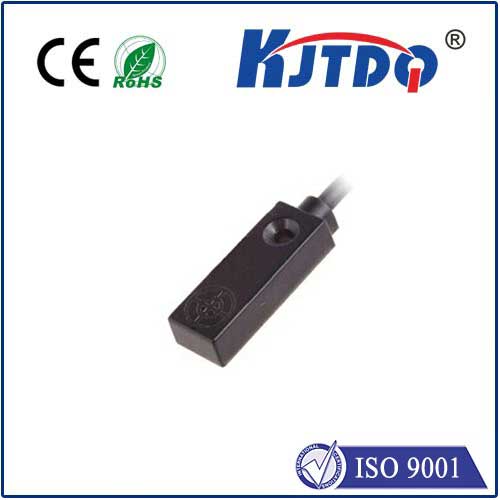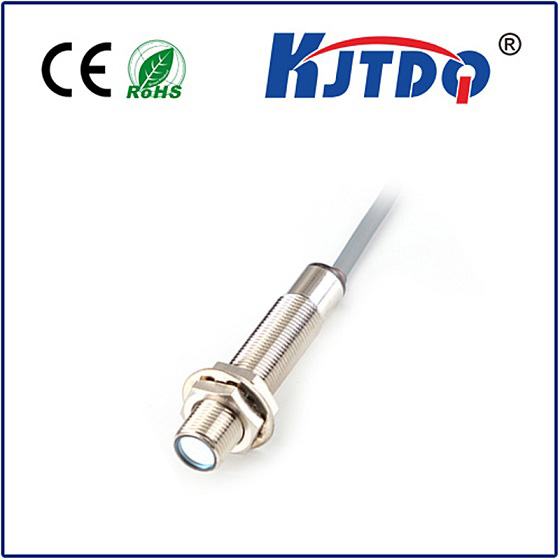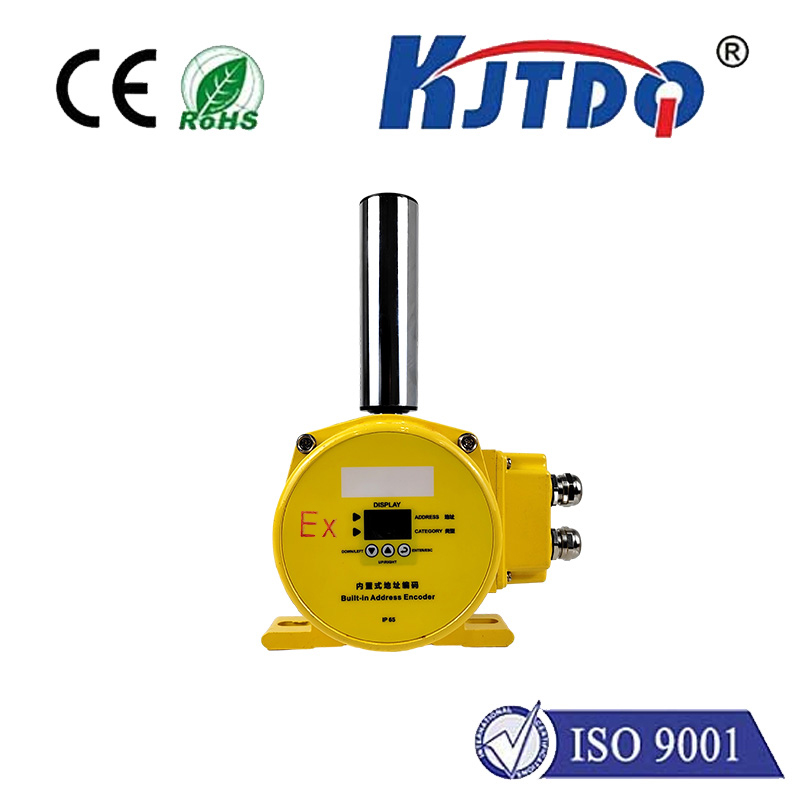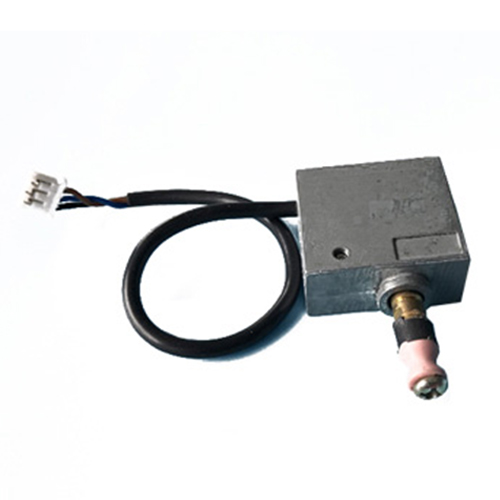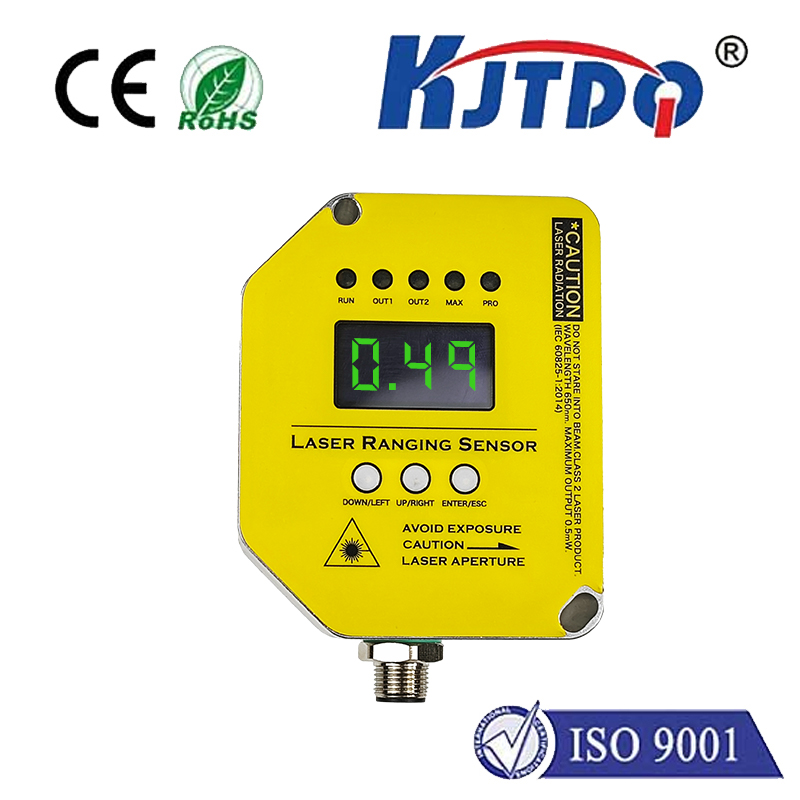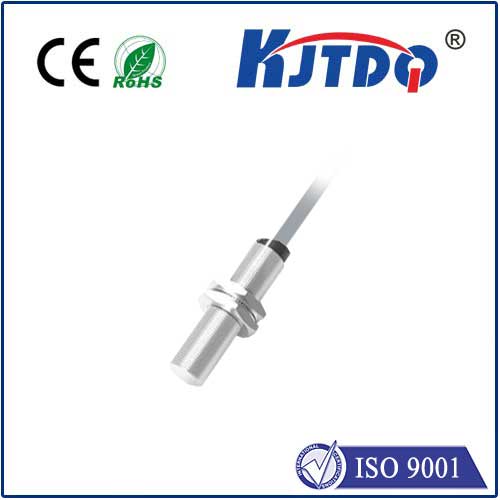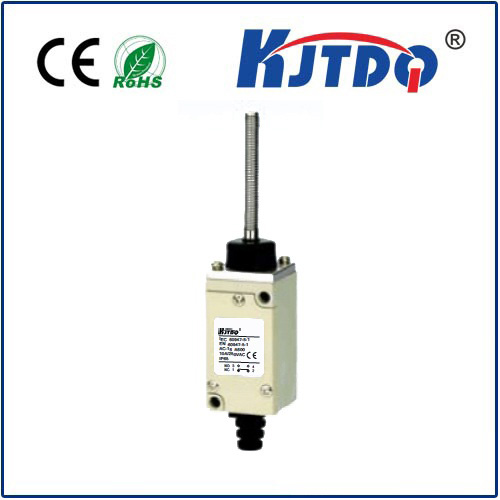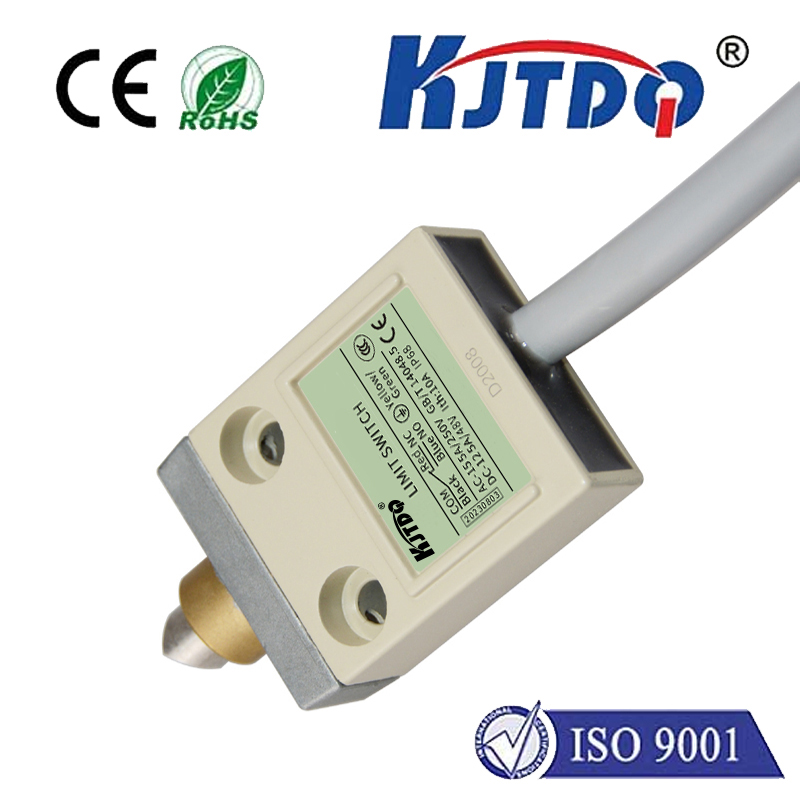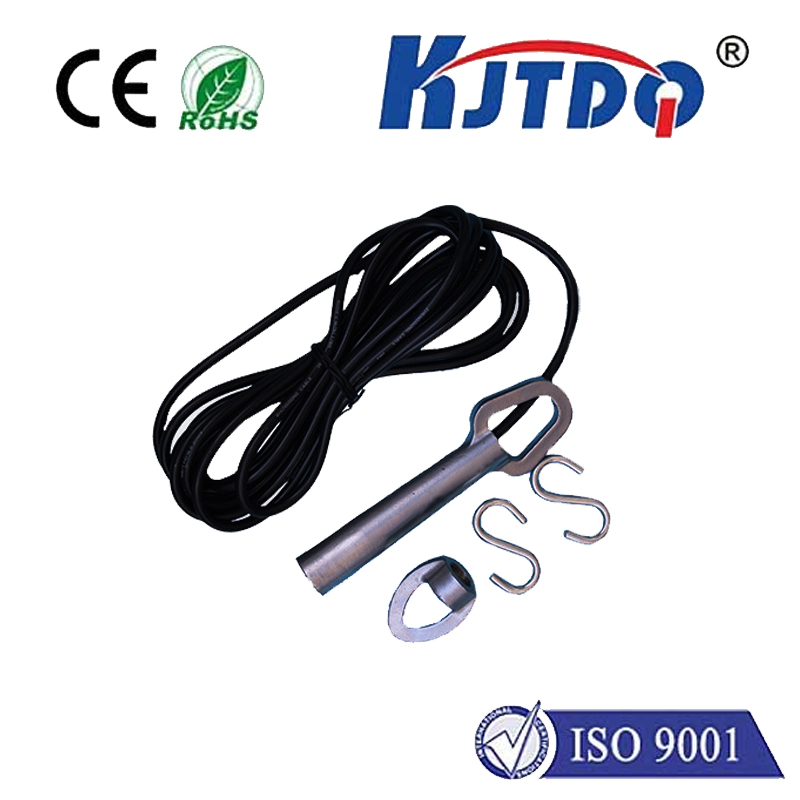proximity m12
- time:2025-06-24 01:57:36
- Нажмите:0
Proximity M12 Sensors: Compact Powerhouses for Industrial Automation
Imagine this: a critical production line grinds to a costly halt. The culprit? A fragile sensor failing under harsh conditions. This scenario underscores why choosing the right sensing technology isn’t just important – it’s essential for operational resilience. This is where the robust and versatile M12 proximity sensor shines, a cornerstone component within the demanding world of industrial automation. Understanding its compact power and reliable functionality unlocks significant advantages for engineers and system designers.
Far more than just a connector size, the M12 designation refers to the standardized 12mm threaded barrel housing common to countless sensors and field devices. When combined with proximity sensing technology, it creates a formidable solution for detecting the presence or absence of metallic or non-metallic objects without physical contact. This non-contact nature is fundamental, enabling high-speed detection, eliminating wear and tear, and ensuring longevity even in challenging environments.

So, what makes M12 proximity sensors the go-to choice in factories worldwide? Several key attributes stand out:
- Unmatched Ruggedness: The sturdy M12 housing, typically constructed from nickel-plated brass or rugged industrial plastics like PBT, provides exceptional resistance. Combined with high IP ratings (often IP67 or IP69K), these sensors shrug off dust, water jets, oils, coolants, and aggressive cleaning chemicals. They consistently operate within wide temperature ranges, defying extremes from freezing cold to intense heat common on factory floors.
- Space-Saving Efficiency: In densely packed machinery and control panels, space is a premium. The inherently compact M12 form factor allows for installation in tight spaces where larger sensors simply wouldn’t fit, enabling more complex and efficient machine designs.
- Simplified Installation & Maintenance: The standardized M12 connector revolutionizes connectivity. Pre-manufactured, shielded cables with matching M12 plugs enable quick, secure, and error-proof wiring. Swapping out a faulty sensor often takes mere minutes, dramatically reducing downtime – a critical factor in high-throughput environments. The threaded barrel also simplifies mounting, offering flexibility for various orientations.
- Diverse Detection Capabilities: The umbrella term “proximity sensor” encompasses distinct technologies tailored for different materials:
- Inductive Proximity Sensors (Commonly Associated with M12): These are the true workhorses for detecting ferrous and non-ferrous metals. They generate an electromagnetic field; when a metallic target enters this field, it induces eddy currents, causing a shift that the sensor detects. Ideal for position sensing of machine parts, cylinders, or metal detection.
- Capacitive Proximity Sensors (Available in M12): These detect the presence of nearly any material – metals, plastics, wood, liquids, powders, and even granular substances. They function by sensing changes in capacitance caused by the target material entering the sensor’s electrostatic field. Perfect for level detection in tanks (liquids, pellets), detecting non-metallic objects (glass bottles, cartons), or monitoring material presence on conveyors.
- Reliability & Long Service Life: Engineered for millions of operating cycles, M12 proximity sensors deliver consistent, dependable performance. Their non-contact principle and robust construction ensure they outlast mechanical switches and other contact-based solutions, delivering significant long-term cost savings.
Selecting the Optimal M12 Proximity Sensor requires careful consideration: What material needs detection (metal → inductive, other → capacitive)? What is the required sensing distance? Different sensors (and even variants within inductive/capacitive families) offer varying ranges. What is the installation environment like (demanding IP rating, extreme temperatures, chemical exposure)? What electrical output is needed (NPN, PNP, NO, NC)? Answering these ensures the chosen sensor perfectly fits the application.
The applications for M12 proximity sensors are vast and span countless industries:
- Automotive Manufacturing: Precise positioning of robotic arms, confirming the presence of components on assembly lines, end-of-stroke detection for cylinders.
- Packaging Machinery: Detecting bottles/cartons on conveyors, verifying cap placement, controlling filling levels (capacitive), ensuring case sealing.
- Перевозка материалов: Detecting pallets, controlling conveyor starts/stops based on package presence, confirming bin levels.
- Food & Beverage Processing: Sanitary applications (specific housing variants), detecting containers, monitoring ingredient levels in mixing tanks (capacitive sensors excel here).
- Machine Tooling: Tool breakage detection, verifying workpiece clamping/unclamping, monitoring spindle position.
Key Performance Specs Demystified: When evaluating sensors, focus on the rated operating distance (Sn) – the guaranteed detection range for a standard target. Understand the hysteresis – the difference between the switch-on and switch-off points, preventing erratic signals near the detection limit. Response frequency indicates how quickly the sensor can detect targets passing by. Finally, ensure the voltage range and output type (DC 3-wire NPN/PNP, AC/DC 2-wire) match your control system.
The proximity M12 sensor is far more than a simple component; it’s a fundamental element enabling modern automation. Its perfect blend of compact size, standardized connectivity, industrial toughness, and diverse sensing capabilities makes it indispensable. Whether ensuring a robot picks the right part, confirming a bottle is capped, or preventing a machine overload, these tiny titans play a colossal role in keeping industries running efficiently, reliably, and safely. For engineers navigating the complexities of automation design and maintenance, a deep understanding of M12 proximity sensor technology is not just beneficial – it’s essential equipment for success.

